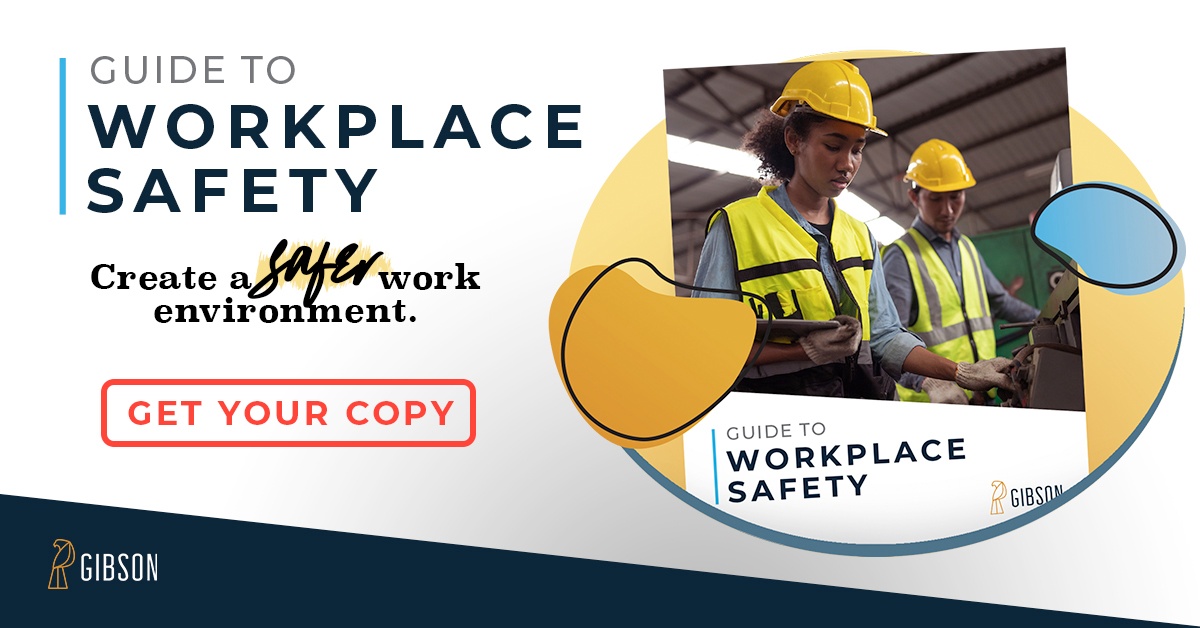Workers’ Compensation rates are on the rise and this time they will inspire a connection between safety and wellness programs.
Leading companies, either through innovation or out of necessity, are integrating a culture of health into their organizations, not only to affect health insurance rates but also to mitigate their workers’ compensation costs. It is the strategy organizations are deploying to control long term costs and support a healthy workforce. Managing these two programs as one strategic initiative instead of individual silos is critical. And a significant side effect is healthier, higher performing employees who pay lower medical costs, are more productive, have fewer absences due to health issues, and have fewer and less severe workers’ compensation claims.
Workers’ compensation claims are all about human capital: your employees. Unhealthy, unproductive, unengaged employees are among your company’s largest strategic risk. Numerous studies, health insurance rates, and employee turnover have pointed to this for years. Now your workers’ compensation insurer is starting to pay attention. They are coming to the realization that safety programs aren’t enough. Yes, they are necessary and beneficial, but they don’t address the health and wellness of each individual employee. Insurers recognize the changing demographic of today’s employees: retiring at an older age and more likely to be overweight, which leads to comorbid health issues like hypertension, diabetes, and high cholesterol.
Let’s take a look at a real scenario that, at the outset, looks quite simple. Mary is in the supply room getting a box of paper. It falls on and injures her foot. Her employer sends an incident report to their workers’ compensation carrier. A few days later, Mary’s foot is still bothering her with an ulcer forming at the impact site. Mary gets medical treatment, but the ulcer won’t heal. Fast forward a few months to the possibility of Mary losing her foot - a complication of untreated diabetes. Of course, this is an extreme example. But it only takes a few to create a trend and it’s a trend that insurers are waking up to.
In and of themselves, the rise in rates will be noticeable. The property & casualty (P&C) marketplace is cyclical and rates generally fluctuate when there is a fundamental change in supply. Supply for the P&C industry is the surplus that insurers amass and invest. Before the financial crisis of 2008, surplus was growing and investment yields provided a margin when risks were underwritten at a loss.
As the recession coincided with a soft rate market, insurers competed for market share and were incredibly willing to compete on price, an uncommon occurrence by most standards. Insurance buyers were ushered into an era of incredibly favorable premiums - with some receiving jaw dropping low rates. Those jaw dropping favorable premiums are a thing of the past.
The most immediate causes for the increase are a rise in claim frequency, medical care inflation, and deteriorating underwriting results for workers’ compensation insurers. The financial crisis of 2008 caused insurers to write down their investment portfolios and reallocate seeking higher returns, but due to a prevalence of low-yielding investments attractive returns were not possible. Additionally, credit quality impaired insurer’s massive holding of corporate bonds. Add in the impact of Europe’s sovereign debt crisis and the drain on surplus caused by one of the worst catastrophic loss years on record in 2011, and insurers are seeking rate refuge.
With an aging and generally unhealthy population of Americans combined with the hardening insurance market, a domino effect for workers’ compensation rates is inevitable. When you add it all up, you’ve got the makings of a perfect storm. Now is the time to develop and implement a strategy that exists to combine safety and wellness initiatives to support the health of each individual employee. The evolving landscape of the workplace, healthcare, wellness, and safety dictate a need for evidence-based preventative strategies, innovative solutions, and policies that support healthy goals.



